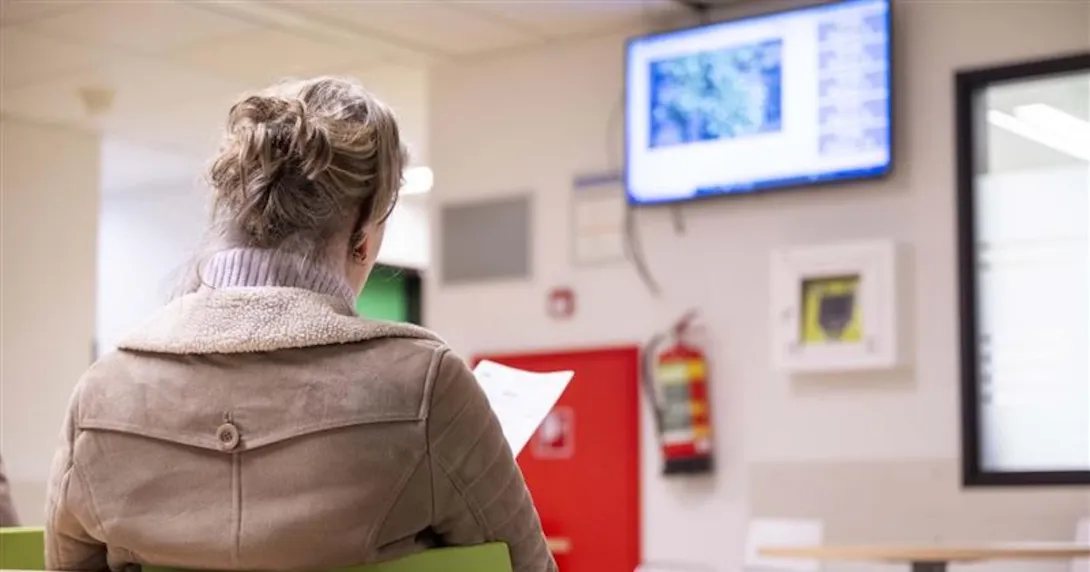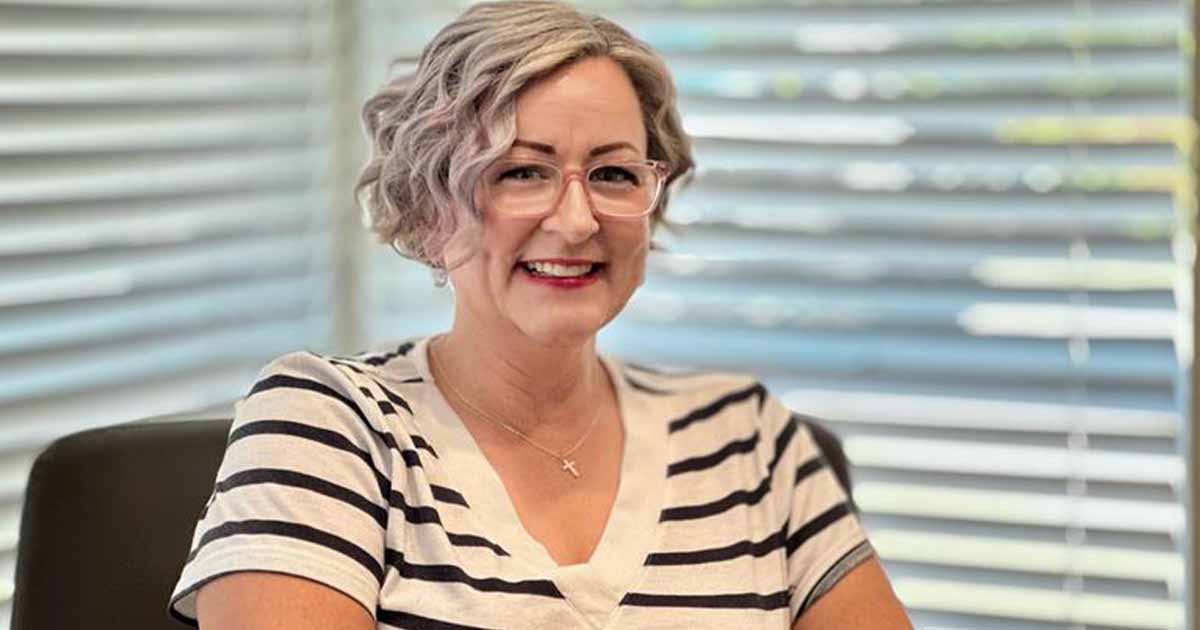Mark T. Bertolini, chairman, CEO and president of Aetna, delivered the opening keynote on Monday at the mHealth Summit. A former executive for Cigna, NYLCare Health Plans and SelectCare, he now oversees a global healthcare benefits company with some 33,000 employees in North America, Europe, Asia and the Middle East.
Q. What event or events over the past year have had the most impact on mHealth? How has the landscape changed in the past year?
Adoption rates and utilization behaviors are having the greatest impact on mHealth. At the end of 2010, 9 percent of mobile phone users had apps on their phones to track or manage their health. By 2015, experts predict 30 percent of smartphone users are likely to use wellness apps. More and more people, across all demographic segments, are turning to mobile devices to find health information and make healthcare decisions. So, the data shows we’ve reached the tipping point with mobile … the global population expects to use mobile devices to manage their lives, and for an increasing segment, that includes their health. We need to give them the tools to make it easy.
Q. Who should have control over the regulation of mobile medical apps, and why? Are there other departments, agencies or organizations that should step back (or forward)?
We are less concerned about who regulates and more concerned with how mHealth is regulated. Regulation is needed, but should not inhibit innovations that can improve the healthcare system. Similarly, the regulatory structure should not be so complex as to delay getting new products to market. We are encouraged by the steps that Congress is taking to ensure the appropriate level of collaboration and oversight to enhance patient safety, while still encouraging innovation.
Q. Is enough being done to protect sensitive health information on mobile devices? If not, what would you propose?
The security of personal health information is a critical part of our mobile design process, as we work to find the right balance between security and user experience. In general, data security is a double-edged sword – on the one hand, it is imperative for us to protect personal health information, but on the other hand we must enable consumers to use their data, with approved partners, in order to gain real value and insight. A big part of our vision of empowering consumers includes building and providing access to the best tools that not only secure their data, but also make it simple for them to share it as they see fit.
Q. What is the most exciting or interesting mobile device that you've seen introduced over the past year?
The whole category of personal wellness devices and the increasingly mainstream adoption of the quantified self movement are interesting trends. Devices that leverage open APIs, data collection and sharing continue to proliferate. On the mobile app front, advancements with iTriage continue to generate enthusiasm, and we’re excited about CarePass connecting different mobile apps together.
Q. How will it be a game-changer for healthcare?
In the digital world in which we now live, consumers are defining quality in terms of convenience. We are doing some innovative work to not only connect consumers and members to health information and decision support tools, but to also create new patient-to-provider connections via mobile. Secure messaging and clinical integration will enable provider organizations to tailor their services and develop one-on-one relationships with patients, creating a game-changing dynamic. We are committed to making it as simple as possible for individuals to pick up a mobile device and manage the complexities associated with seeking, getting and managing their health.
Q. Should healthcare providers place restrictions on the types of mobile devices used in the workplace, or should they develop BYOD policies?
Every industry needs to figure out how to stay current with consumer trends and use behaviors. We need to leverage secure methods of accessing information on personal devices (smartphones, tablets, laptops, etc.) so that fewer restrictions are necessary. At Aetna, we have lots of work underway right now related to BYOD and virtual machines.
Q. In this ever-changing landscape of patient-centered healthcare and accountable care, how can a physician use mobile tools to improve his or her communications with a patient?
Mobile is a powerful enabler to an efficient patient-provider connection and to the data that flows (or should flow) between them. But we have to make it simpler for providers to manage patient data by incorporating it into their workflow.
The Consumer Engagement with Health Information Technology Survey by the National eHealth Collaborative found that 53 percent of organizations rank patient engagement as a high or very high priority. The survey found that 68 percent want to engage consumers to improve outcomes, 66 percent to deliver information, 59 percent to enable consumers to take on shared responsibility, 59 percent to control costs and 57 percent to enhance the patient experience. Web, mobile and social technologies will play increasingly important roles in how providers engage with patients. But currently, providers’ readiness to use mobile devices and social media to establish a two-way dialogue trails consumer’s readiness and demand.
Accountable care is driving providers’ focus on population health, and mobile tools fit well within that model. Dr. Michael Zaroukian, an internist practicing in East Lancing, Mich., is an example of a physician who has challenged his patients to lose weight by using the mobile applications Lose It! and Fooducate. He regularly prescribes the apps in the clinic, and allows his patients to track his weight loss journey as well as their own. Others have seen text messaging drive results – text messages reminding patients to refill medications, go in for required tests or exercise more have shown to increase patient adherence and healthy behaviors.
Q. What mHealth or telemedicine fad or craze will die out? Why?
As you know, mHealth is a highly dynamic environment and it’s hard to predict what experiences will fade away. This space will certainly continue to evolve rapidly around an individual’s willingness to collect, share and manage data on a mobile device, in some ways similar to the growth we’ve seen in mobile finance over the last few years. Anything that doesn’t properly address broad consumer demand, with security and usability in lock step, will not survive.
Q. What are the three biggest issues facing mHealth in the coming year?
Some of the biggest issues … fragmentation; data sharing and interoperability across multiple experiences and stakeholders; plumbing to scale the connections between patients and providers; and the impending dialogue and decisions around FDA regulation of mHealth.


